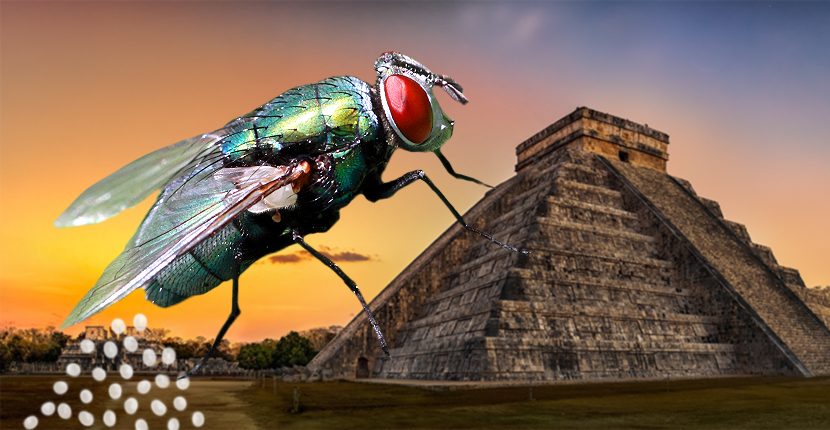If you’re not a fan of caviar today, imagine going back to the ancient Aztecs and finding out what caviar meant for them. Insects are currently being marketed as an edible solution to the Earth’s food crisis. But while that still sounds icky to many, there are parts of the world where entomophagy used to be commonplace.
Head over to Mexico City and diners may encounter a modern variation on the ancient caviar dish. “Tortitas capeadas de ahuautle en salsa verde” sounds palatable enough. However the word “ahuaulte” is key. It comes from two words in the Nahuatl language – “atl” (water) and “huautli”, partly meaning “seed of joy”.
These seeds are actually insect eggs, well, to be more precise, water fly eggs. According to a BBC report a customer is served quinoa-sized eggs “mixed into a batter, fried and topped with green salsa.” Basically an bug-oriented omelette, deriving from the water-based axayácatl.
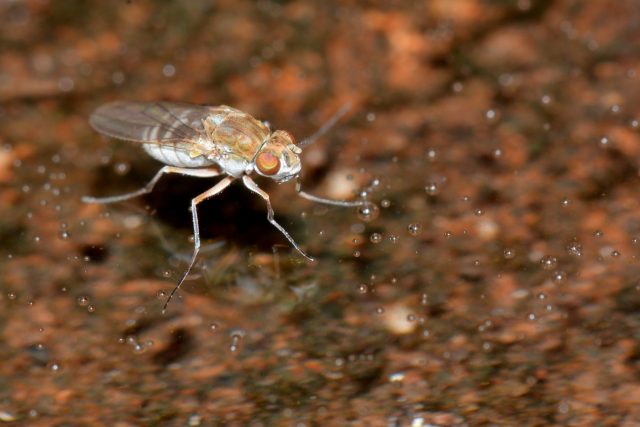
In making this historic plateful, it’s hoped tradition will be kept alive. Montezuma, who ruled over the city state of Tenochtitlán in the early 16th century, swore by the distinctive diet. “Believing the eggs would give them strength, Aztec emperors… were said to have eaten ahuautle every morning during the summer rainy season, when the eggs were in abundance and at their freshest.”
And the little insect made an even bigger impression when Montezuma’s father was named Axayácatl in its winged honor.
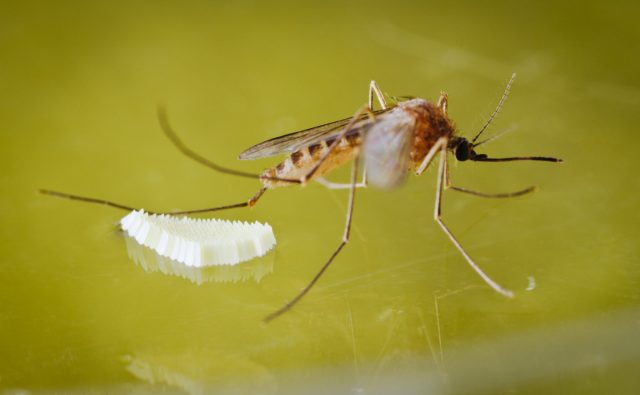
There were darker aspects to Aztec culture, notably sacrifices. Ahuautle played its part here also. The México desconocido website describes how axayácatl eggs were sprinkled over fresh sacrifices that were dressed as Xiuhtecuhtli, the god of fire.
The practice began to wane following the arrival of the Conquistadors. But the old ways endure. Out of the over 2,000 insect species suitable for the dinner plate, Mexicans eat 531 of them.
Ahuautle doesn’t come cheap, certainly in relation to food staples like beef. A small jar of the eggs will reportedly set you back around 400 Mexican pesos, or $20.56. For this reason it’s considered Mexico’s caviar. Yet behind the high price lies tragedy rather than luxury. Previously the food of the gods, insects have fallen far down the list in terms of a meal, and people fear the tradition will die out altogether.
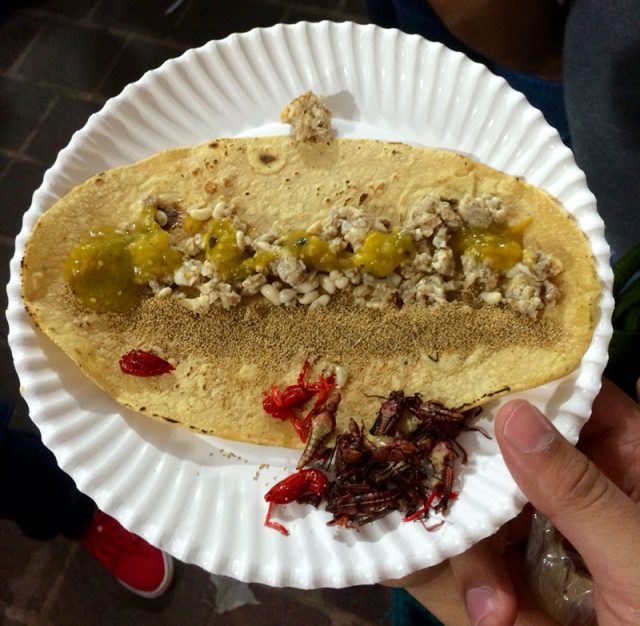
The eggs are cultivated using nets, which are secured below the surface of lakes. Sticks and ropes are used to hold them in place, just as they were hundreds of years ago. Unsuspecting axayácatl descend on the nets and lay their precious cargo, running into the thousands. Their eggs are then lifted out and dried in the sun.
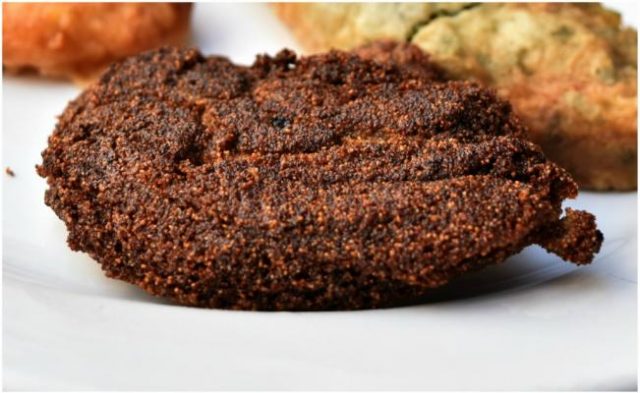
Despite its status as a historic and culinary curiosity, ahuautle is billed as a great thing to eat. It’s healthy for starters, with a protein content of 63.8 %. This compares favorably with beef’s 26/27%. Crucially it has zero fat content. The farming of it takes less of a toll on natural resources, in comparison to what’s currently being consumed on the human food chain.
Insects were also looked on as a delicious treat by other ancient civilizations. The Mayans referred to the humble grasshopper as “las divinas flores de dios”, which translates as “the divine flowers of god”. On a more eye-opening note the BBC says that “the Huichol believed wasps carried people’s souls into the afterlife.” Certainly something to think about when fending one off at a picnic!
Related Article: Ancient Incas could Pay Taxes with a Bucket of Head Lice
The important question is… what does ahuautle taste like? The answer seems to be somewhere between amazing and acquired. “I took a bite,” says the BBC reporter, “first noticing the tangy, spicy hit from the salsa and the slightly gritty texture from the eggs laced through the spongy batter. Then, the distinctive flavour of the ahuautle hit me: a potent, fishy taste similar to that of the tiny dried shrimp popular in East Asian cuisine.”
Maybe the insect and ancient caviar isn’t so far removed from modern palates after all.
